Reducing Embodied Carbon on Campus
Reducing Embodied Carbon on Campus: Brightworks Sustainability’s Work with Stanford University
- Materials
- Sustainable Built Environments
Practices Engaged
- Education, Higher
Industry Sectors
- K-12 Education & Higher Education
Building Types

Reducing Embodied Carbon on Campus: Brightworks Sustainability’s Work with Stanford UniversityStanford University is consistently heralded as one of the most advanced academic institutions in the world, and as one might expect, their on-campus sustainability efforts are on par with their academic pursuits. As part of their forthcoming Climate Action Plan, Stanford University Lands, Buildings & Real Estate, the University’s operational core, is planning to build out an approximately 11,600 square foot laboratory space within their existing End Station 3 Building (ES3), part of the Hansen Experimental Physics Lab South (HEPL South) complex. Brightworks Sustainability is proud to lead embodied carbon and Scope 3 reduction efforts under architect Jensen Architects, where the project is on track to achieve a whopping 20% reduction in emissions from interior materials alone in a laboratory building. The ES3 project will include laboratory, laboratory support, office, and collaboration spaces to support the Stanford Nano Shared Facilities (SNSF) program, which provides shared tools, facilities, and staff to individual research laboratories on campus. Stanford University envisions this project to transform ES3 into a cutting edge multi-disciplinary research and education hub focused on nanoscale characterization science. 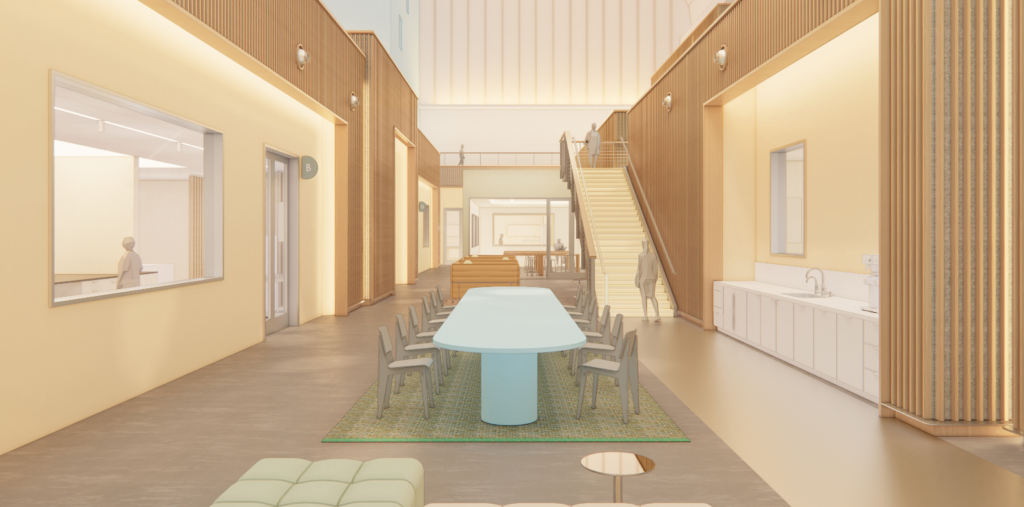 The building, and building operations, also strive to meet specific sustainability goals in line with the likewise ambitious Stanford University Project Delivery Process (PDP). Stanford University’s vision for sustainability seeks to balance protecting the environment, economy, and equity, and Stanford’s PDP integrates sustainability around these principles within all project development stages. As Stanford is committed to reducing Scope 3 carbon emissions (A1-A5) from construction activities as part of this work, the university has identified the ES3 renovation as a pilot project to inform future projects on quantifying and reducing embodied carbon. In aligning with these goals, sustainability management and embodied carbon services are central to Brightworks Sustainability’s work, reflecting a commitment to delivering impactful solutions that drive lasting change. “Brightworks Sustainability was an ideal partner for this project for several reasons,” says Brightworks Sustainability’s Senior Material Specialist Dr. Varusha Venkatraj. “As a company who has offered this service for several years before the market became fully realized, not only do we provide baselines and material data from our previous work that are not otherwise available, but we can also offer practical guidance from past projects clients can now use. We also excel at setting up efficient data-collection workflows, operations, and processes, from general contractor tracking to other project teams across campus.” 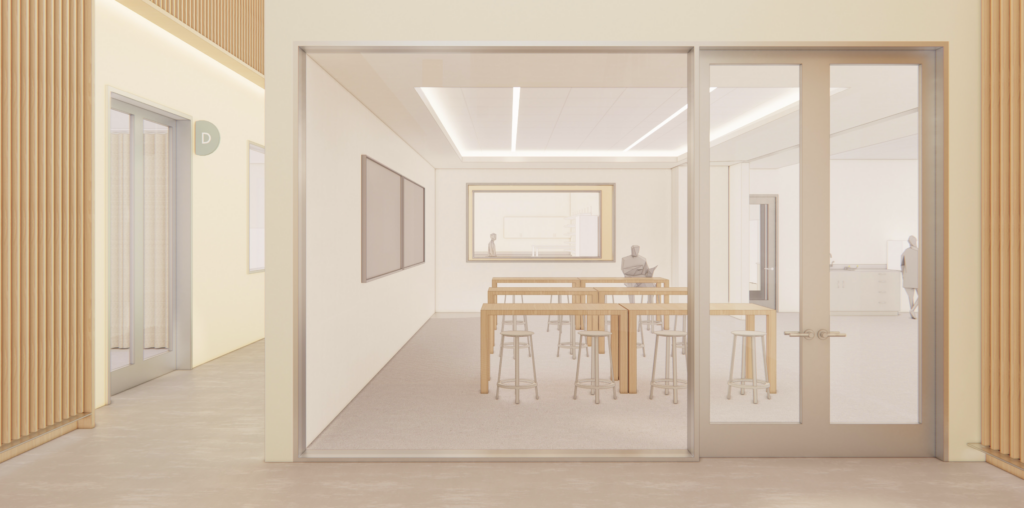 To achieve the project’s goals, Dr. Venkatraj has completed an extensive Whole Building Life Cycle Assessment (WBLCA) and is in the process of creating one of the most comprehensive Bill of Materials (BOM) modeling studies to date. Dr. Venkatraj will build on the methodology originally developed for the GHG Protocol in 2021 that created more advanced, holistic, and accurate carbon accounting methods. Co-authored by Brightworks Sustainability and WAP Sustainability, this methodology offers a comprehensive approach to accounting for embodied carbon in the built environment, providing standardized methods for measuring and reporting emissions from materials and construction processes, ensuring consistency and comparability across organizations and projects. Expanding upon this methodology for Stanford’s ES3 building, Dr. Venkatraj will include the TI – Fit-out – finishes and non-structural materials, MEP, IT/AV, and lighting for the study, using data calculated from the WAP Sustainability’s Theta Tool, a resource that reports the environmental impact of construction materials. 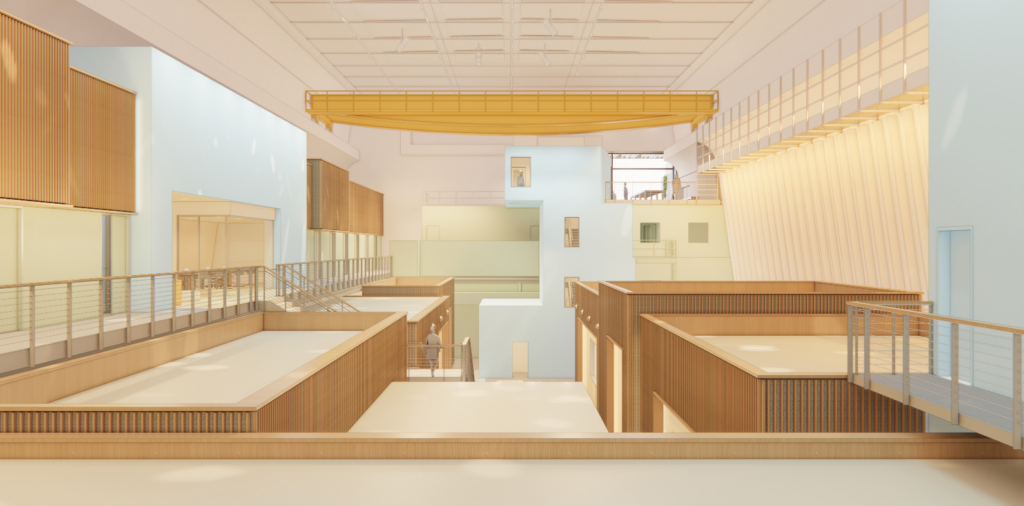 In addition to the ES3 project, Brightworks Sustainability has collaborated with Stanford on various sustainability projects, including the university’s Climate Action Plan Gap Analysis, Modeling, & Drafting, and the development and implementation of the Stanford Research Park’s Sustainability Action Plan, which addresses improvements in the campus’s GHG emissions, waste generation, water consumption, and transportation. Stanford’s staff and student leadership for this historic study have been another exciting part of the ES3 project’s success. With a passionate project manager, wholehearted staff support, and several PhD students working with Dr. Venkatraj, the praxis for a campus-wide expansion of this pilot project was fully realized. This, as well as the large design and construction team that was needed to successfully implement the reductions, challenged the Brightworks Sustainability team to create new resources for learning and teaching others about embodied carbon modeling best practices that will serve future projects. If the ES3 pilot is successful, the Brightworks team is hopeful Stanford will roll out these best practices for existing buildings, including laboratory facilities, campus wide. Written by Sunni Wissmer, Market Engagement Lead, Brightworks Sustainability |


Starwood Hotels & Resorts
1 Hotel Hanalei Bay Luxury Resort
Starwood Hotels & Resorts
1 Hotel Hanalei Bay Luxury Resort
Princeville, HI
Brightworks provided LEED certification management and energy services to support Starwood Hotels with the major renovation and rebranding of Kauai’s Princeville Hotel into a flagship 1 Hotel resort focused on sustainable hospitality and wellness. Brightworks collaborated with the design and construction team to incorporate innovative strategies that will save energy and water, improve operations, and protect local ecosystems. Brightworks also delivered comprehensive energy modeling services, which allowed the project team to identify energy conservation measures and evaluate options.
Practices Engaged:
Sustainable Built Environments
Industry Sectors:
Hotel
Building Types:
Hotels & Resorts

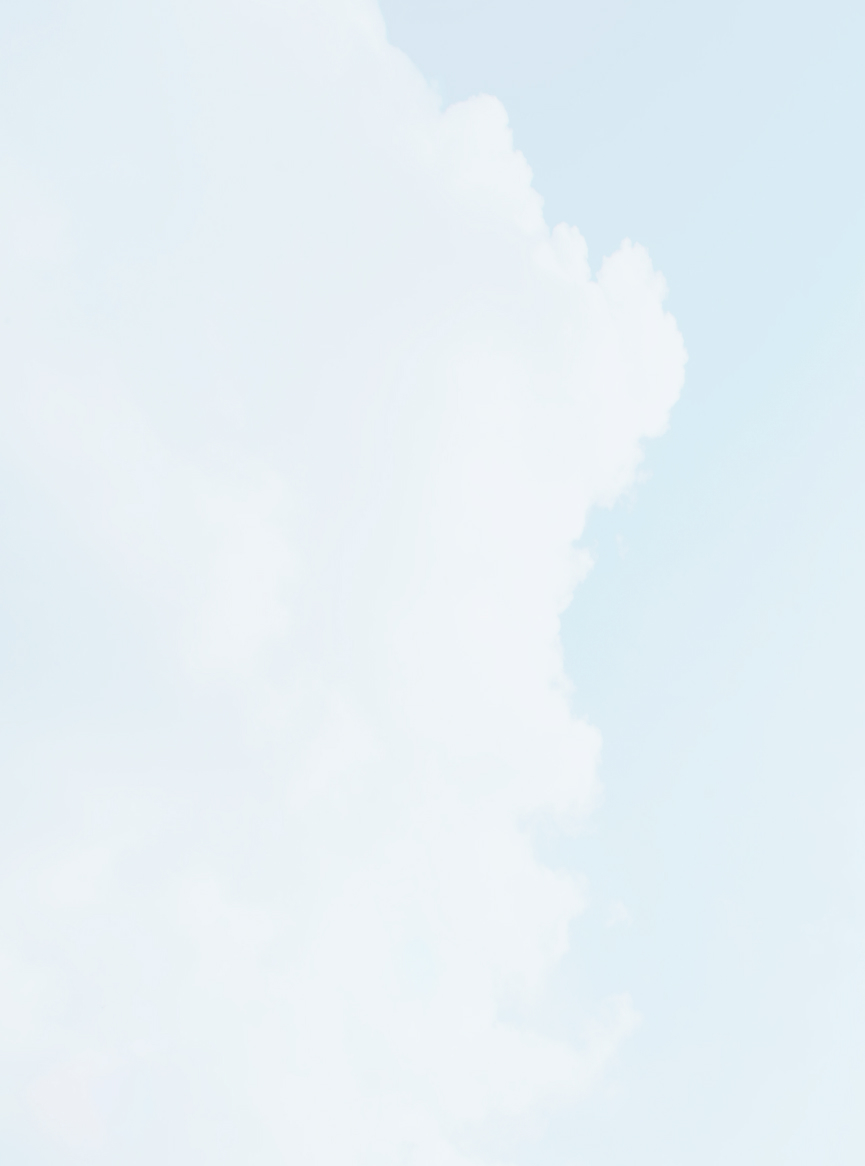
Gerding Edlen
5 MLK Apartments
Gerding Edlen
5 MLK Apartments
Portland, OR
This biophilically-designed tower achieved LEED Gold and Fitwel 1 Star certification while also featuring a resiliency program. The building offers 100,000 square feet of offices on lower floors and 220 residential units with landscaped terraces above.
Practices Engaged:
Sustainable Built Environments, Healthier Built Environments
Industry Sectors:
Residential
Building Types:
Luxury Residential

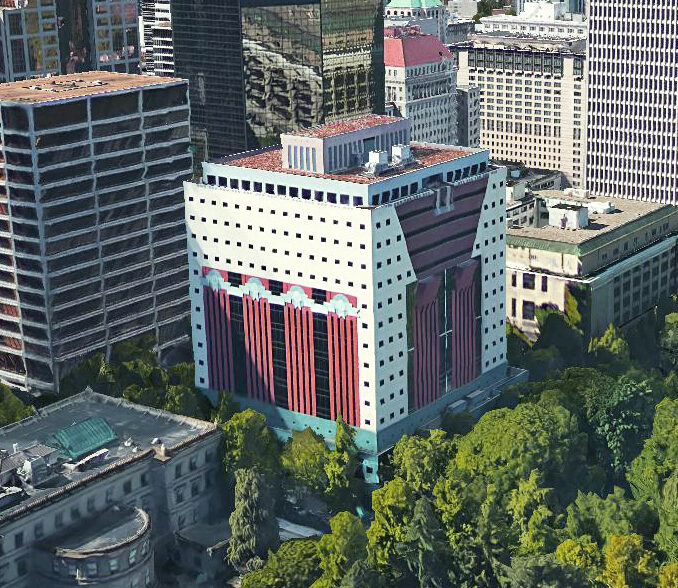
City of Portland
Case Study
City of Portland
Case Study
Practices Engaged:
Healthier Built Environments
Industry Sectors:
Corporate, Government, State & Local
Building Types:
Historic Buildings
Read more


ABB
North American GreenCRREM Assessments
ABB
North American GreenCRREM Assessments
Arkansas, California, Florida, Georgia, Michican, Missouri, Mississippi, North Carolina, New Jersey, New Mexico, Oklahoma, Pennsylvania, South Carolina, Tennessee, Texas, Virginia, Wisconsin, West Virginia
ABB is a global leader in industrial technology. Across 17 states, Brightworks conducted sustainability assessments on more than 50 buildings in ABB's North American portfolio, including manufacturing, office, and warehousing facilities. An extensive report providing a baseline assessment for each site helped ABB prioritize energy efficiency measures, budget for carbon reduction efforts, and calculate ROI as part of its GreenCRREM program.
Practices Engaged:
Sustainable Built Environments, Carbon, Energy
Industry Sectors:
Corporate, Manufacturing


Salesforce
Case Study
Salesforce
Case Study
This letter to the industry highlights the urgent need to address embodied carbon in MEP/IT/AV systems. While operational emissions have seen progress, this embodied carbon remains a challenge. This article reveals insights to guide the industry toward a 50% reduction by 2030 to stay on track for meeting net-zero carbon targets for 2050.
Practices Engaged:
ESG + Corporate Sustainability, Sustainable Built Environments, Carbon, Materials
Read more


AI Meets Lower Carbon Concrete
AI Meets Lower Carbon Concrete
Concrete accounts for 8% of global GHG emissions, which is more than every country except the US and China. Lower carbon concrete is a critical climate solution, but designing it isn’t simple. While AI offers promise, experts warn of its limitations in capturing real-world variables. This post explores why human expertise still leads the way, and how integrative strategies are reshaping concrete’s future.
Practices Engaged:
Materials
Read more

-
U.S. GSA Diplomatic Security OfficeDiplomatic Security Office | Seattle, WA
-
U.S. Social Security Administration OfficeVan Nuys Office | CA